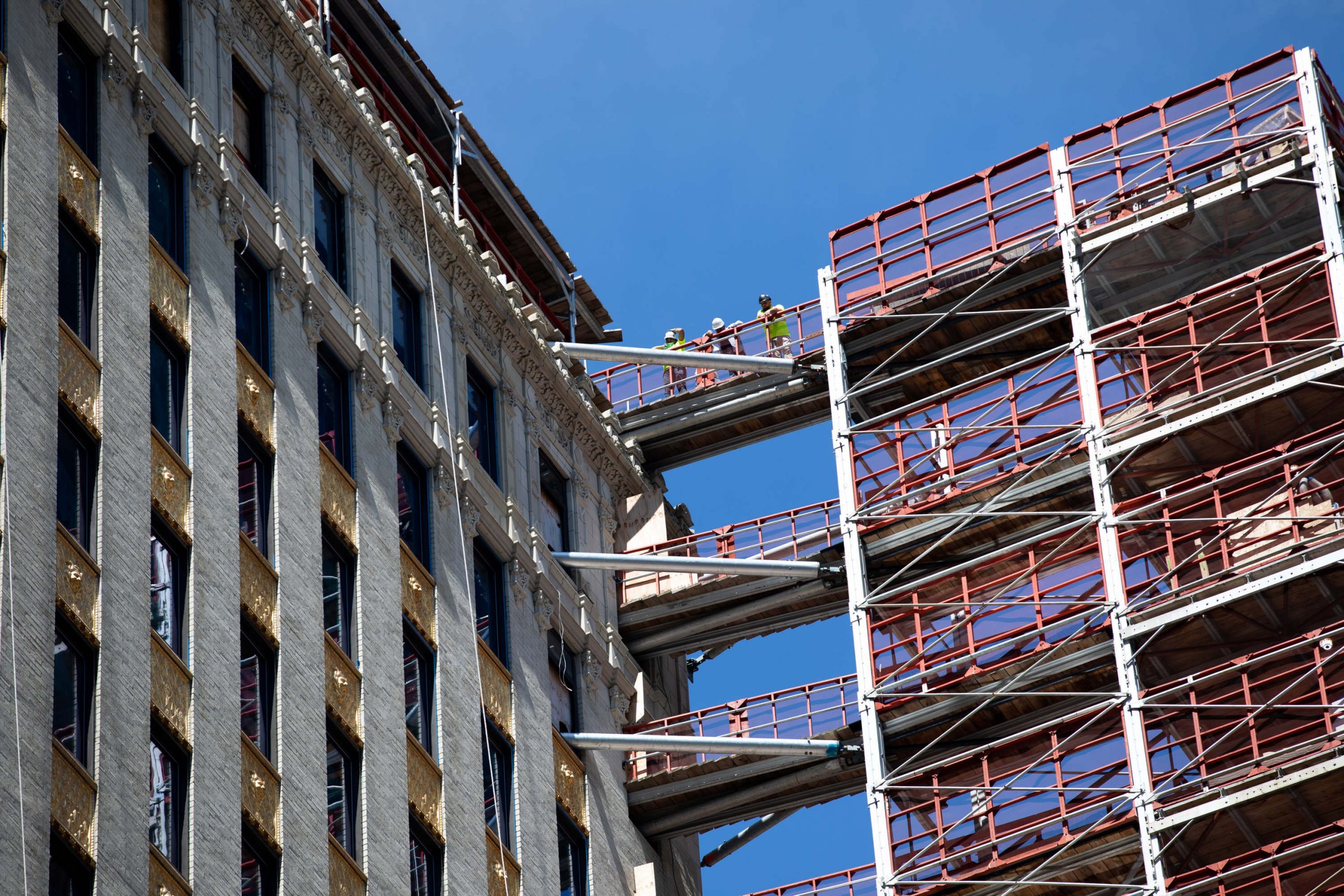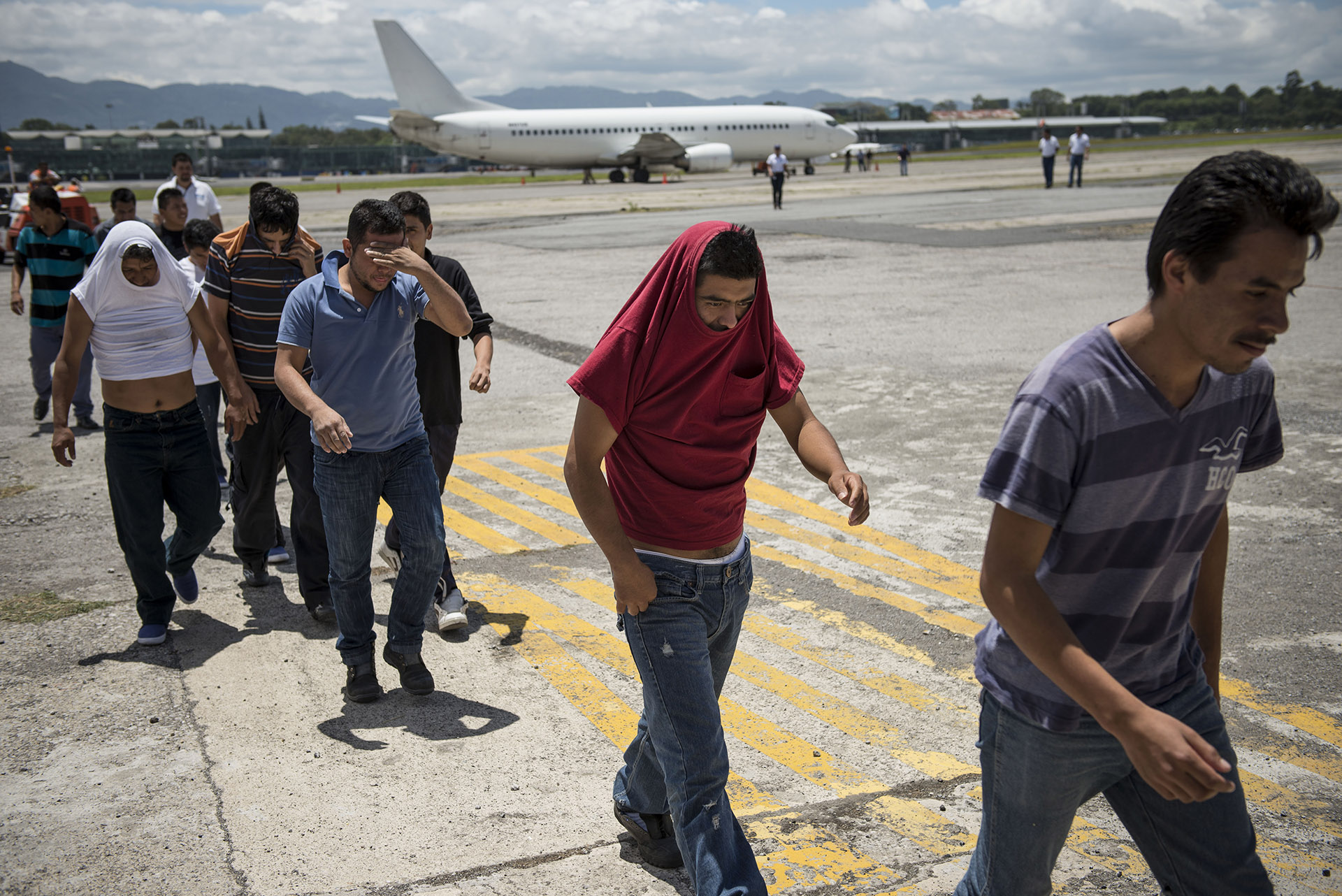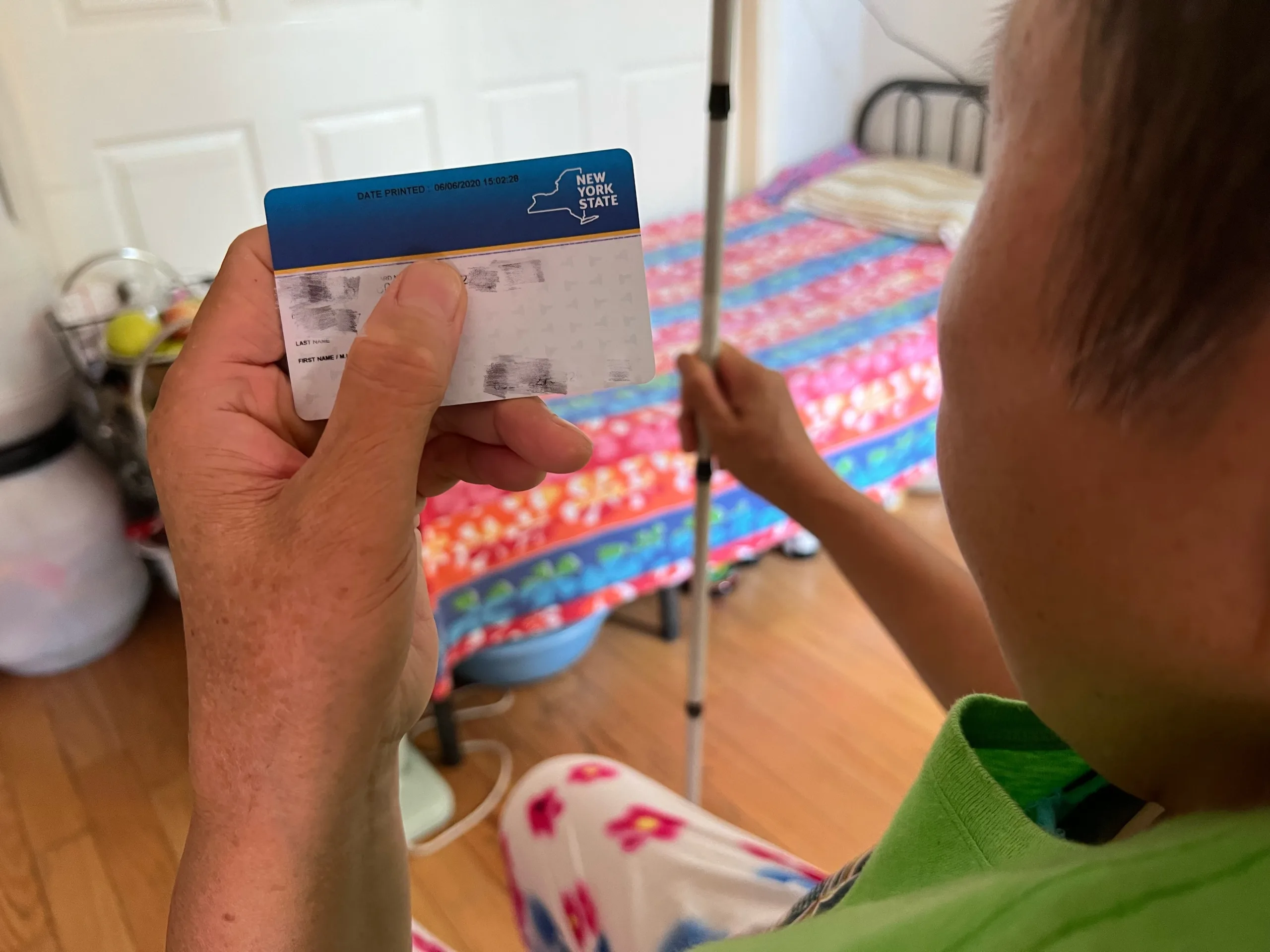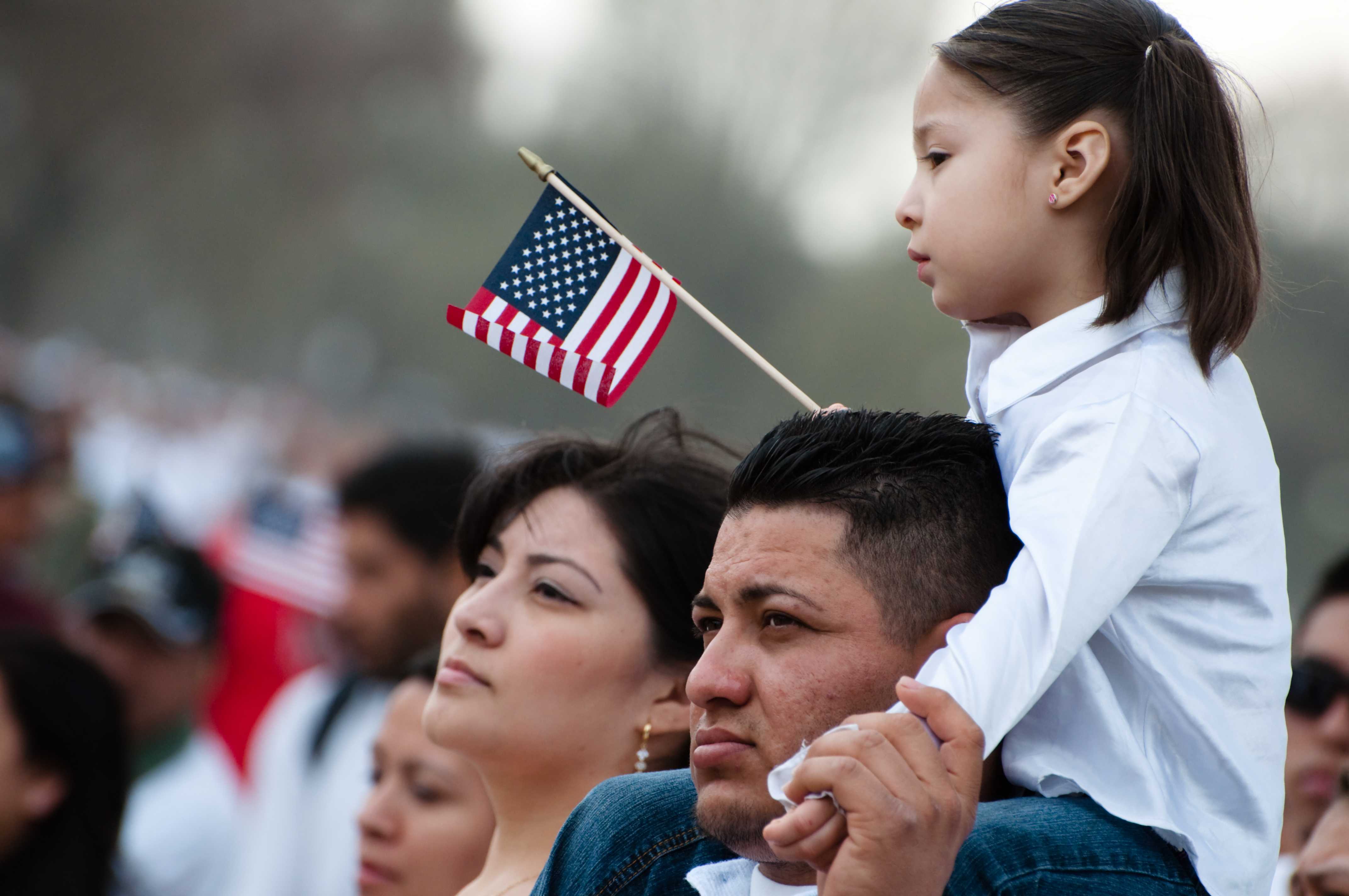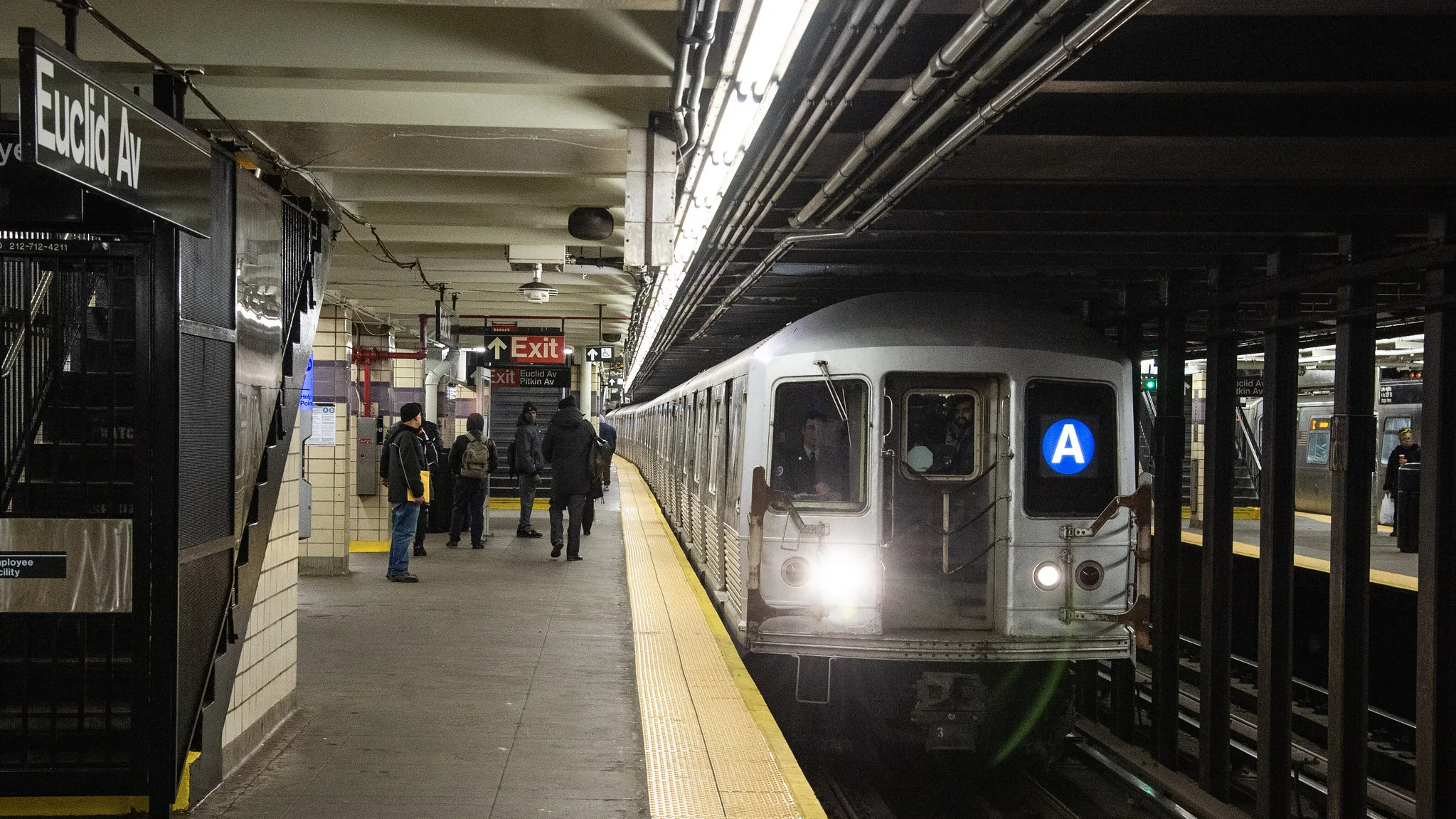Immigration is one of the top issues in the upcoming presidential election, with particular focus on what President Donald Trump and Vice President Kamala Harris will do when it comes to asylum, especially after the government of Texas bussed migrants, crossing into the U.S. since the spring of 2022, to Democrat strongholds in Chicago and New York City. In NYC, an estimated 201,000 asylum seekers have passed through the city since 2022, many of whom were passengers on these Texas-funded buses. An estimated 64,000 migrants still remain under NYC’s care.
As a newsroom that serves NYC immigrants, we asked our Spanish-speaking readers what they are most concerned with regarding the upcoming election. Fifty-two percent of 170 respondents said they need more information about what will happen to asylum. (To learn more about our work with Spanish readers, visit our community on WhatsApp.)
Also Read: What a President Trump Win Could Mean for the US-Mexico Border
Trump has falsely claimed asylum seekers have contributed to a surge in “migrant crime” and has vowed to restrict asylum and the border. This would not be the first time Trump has limited asylum. During his first presidency he established the “Muslim ban”, the “Remain in Mexico” policy, and family separation policies which drastically impacted asylum seekers.
What would a second Trump win mean for the more than 1.5 million asylum seekers in the country and the future of the asylum process?
How Trump banned asylum in his first term
Trump’s first administration introduced numerous policies that limited asylum to the United States, including the Asylum Cooperative Agreements with the governments of El Salvador, Guatemala, and Honduras which required migrants to seek asylum in those countries instead of the U.S. Other policies included an asylum ban, which barred individuals from seeking asylum in the U.S. unless they had first sought asylum in one of the transit countries and been denied.
Other changes included increasing the time frame for asylum seekers to apply for a work permit from 150 days to one year, and narrowing the protected groups in asylum law, making it harder for victims of domestic violence and gang violence to qualify for asylum in the U.S.
Among the most controversial policies is the “zero-tolerance” policy, also known as family separation, which criminally prosecuted adults who entered the United States illegally as well as those seeking asylum. At least 4,335 children were separated from their parents due to this policy.
Migrant Protection Protocols (MPP), commonly known as the “Remain in Mexico” policy, was implemented in 2019 to deter asylum seekers from entering the United States by making them wait in Mexico for their court hearings. This protocol went against decades of asylum law which permitted asylum seekers, who presented themselves at the border, to wait for their court hearings inside the United States.
Also Read: What is Title 42 and Why is it Ending?
During the Covid-19 pandemic, Trump also reinterpreted Title 42 — a health measure commonly used to stop the introduction of communicable diseases — as a means of deterring migration in the border. As Documented covered in the past, this led to the expulsion of more than 2.8 million people.
If Trump wins again, what would it mean for asylum?
Brian Manning, a political asylum lawyer and former government asylum officer, said that asylum could be impacted by a second Trump presidency more drastically than before.
During his 2024 presidential campaign, Trump has on multiple occasions falsely claimed an increase in migrant crime, tying it to the arrival of asylum seekers. During a Bronx rally in May, Trump emphasized the need for a border wall and increased border security.
“There is concern that they’ll [asylum restrictions] actually be implemented more effectively. Last time, he didn’t expect to win and didn’t have a professional class built around him that could actually get things done in government in general,” Manning said. He added that now Trump could surround himself with people who can push for policies that would stand in court, as opposed to the executive actions that were challenged during the first administration.
Trump’s campaign platform has indicated that measures to “stop the invasion” and “close the borders” would be taken on day one. Other policies in his agenda related to asylum seekers include bringing back the travel ban as well as reinstating Title 42 and Migrant Protections Protocols.
“It is safe to assume that after the many missteps of his first presidency, that his administration would be better equipped to learn from their past mistakes and more effectively attack immigrant communities from the White House,” Marlene Galaz, Director of Immigrant Rights Policy, New York Immigration Coalition, said.
What Project 2025 states about asylum
Another possible impact of Trump’s second administration on asylum depends on whether or not Trump goes along with Project 2025, Manning said. Project 2025 is a plan created by a conservative think tank with ties to Trump that lays out what the president should change in the first 180 days after taking office.
“The stuff about immigration is pretty severe. There are talks around the Project 2025 crowd about eliminating work authorization for asylum seekers, getting rid of TPS, Temporary Protected Status,” Manning said.
Additional anti-asylum measures in Project 2025 include increasing the credible fear threshold, limiting the funds assigned to NGOs helping asylum seekers and codifying asylum bars and the third country transit rules.
“We anticipate the president, Trump, to use its executive authority to implement these policies — but again, we anticipate we should be able to challenge,” Nils Kinuani, Federal Policy Manager at African Communities Together (ACT), said. He added that in the past ACT and other partner organizations have successfully challenged Trump’s policies through litigation.
Also Read: Credible Fear Interview: A Critical Step in the Asylum Process
Kinuani also explained that if Trump were to pass policies through Congress that limit asylum, which he said is unlikely, then it is harder to challenge. “It is not impossible but it becomes harder to challenge that. But, again … it is very unlikely given the current political climate.”


